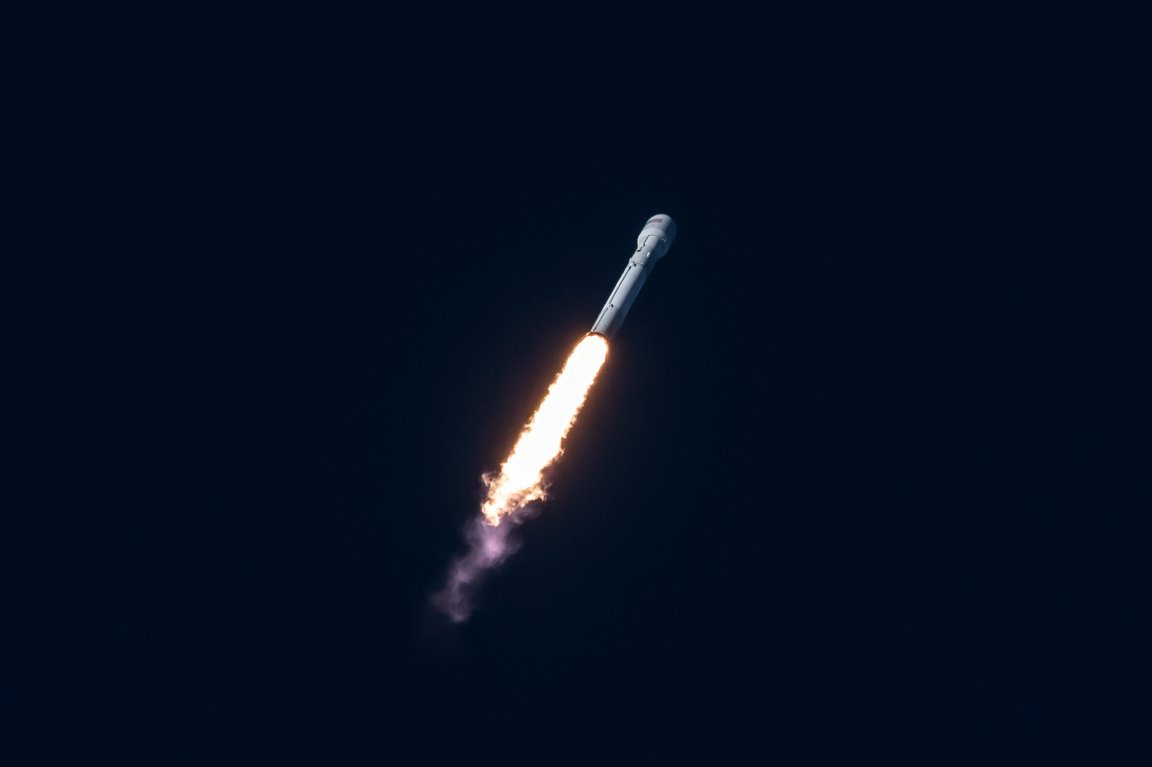
Yesterday SpaceX launched another Falcon 9 successfully, the third in 12 days. The rocket took off from the NASA Kennedy Space Center in Florida. This makes three successful launches in less than two weeks for SpaceX, with the first two on June 23 and 25.
Yesterday’s Intelsat 35e mission was originally set for Sunday, but then automatically aborted with only 10 seconds remaining in the countdown by a failsafe. There was no technical flaw with the rocket; the abort was triggered by a problem with the limits on the rocket guidance systems. Before the launch yesterday, Elon Musk tweeted that everything was ready to go:
This launch sent a Boeing communications satellite built by Intelsat — a SpaceX client — into orbit. About 30 minutes after launch, the Intelsat 35e satellite successfully reached its targeted geostationary transfer orbit.
If the rocket looked a little different to you than the others recently in use, you’re right. The payload is one of the heaviest ever sent into orbit aboard a Falcon 9, weighing in at about 5,900 kg (13,000 pounds). This heavy payload ruled out an attempt to recover the first stage of the rocket, so there were neither grid fins nor landing legs installed on it. You can see the launch (starting at the countdown) here:

These closely spaced launches are a part of SpaceX’s strategy of using reusable rockets to not only lower the cost of space travel, but also to lower the turnaround time for launches. This, coupled with SpaceX’s expansion into heavier payloads, will eventually mean more frequent and affordable space travel for everyone.